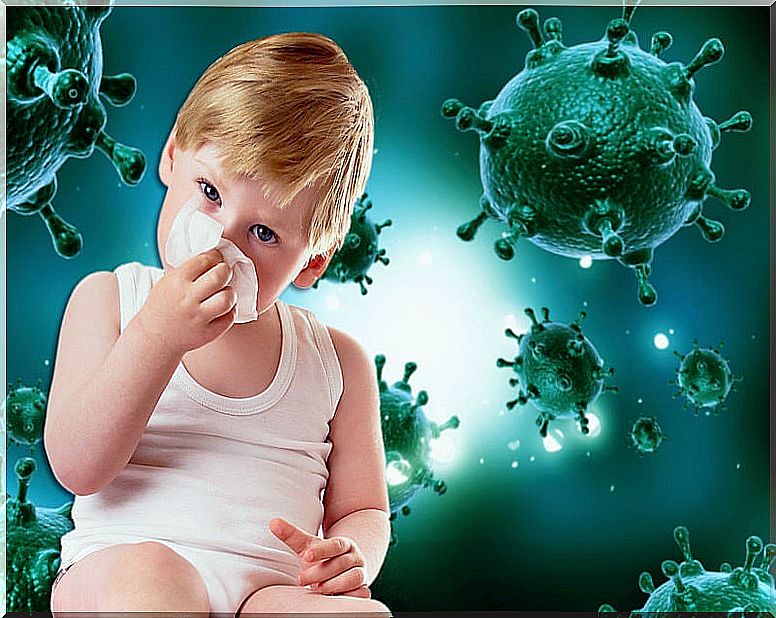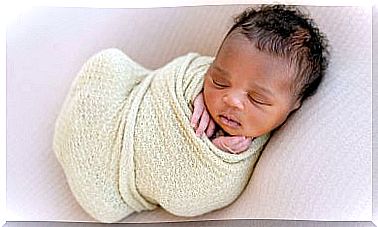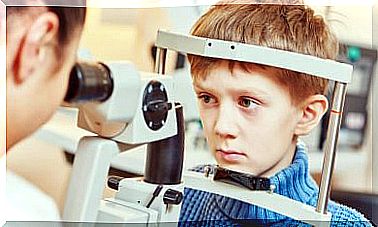What Do I Do If My Child Has Angiomas On The Skin?
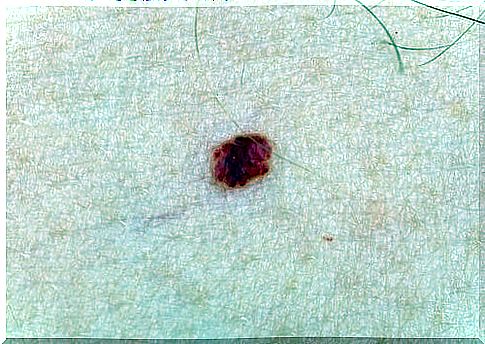
Angioma or hemangioma is a reddish lesion, superficial or deep, that usually appears as a red bump on the skin. Some children are born with it and it is very rare for it to appear in adults. It is usually located in the eyes, nose or mouth, but in reality angiomas can appear anywhere on the body.
It is estimated that between 8% and 10% of children suffer from it, but there are no exact figures in this regard. In any case, a large percentage of children who have angioma in the first year of life heal spontaneously during the following years of childhood.
In more technical terms, angioma is a benign tumor. It is thought that it is a developmental defect and that hereditary factors may influence its formation. The tumor is made up of a group of blood vessels, whether they are capillaries, veins, or arteries. All this together forms a kind of ball on the skin. Angioma never becomes a malignant tumor.
Some studies have established that angiomas are more common in premature infants or babies with very low birth weight. It is also known that for every male child who suffers from it, there are three girls who have angioma.
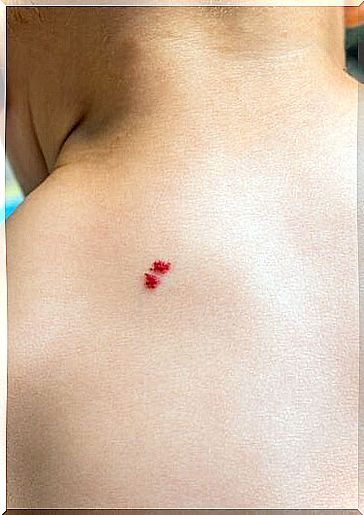
Types of angiomas
The angioma can be superficial or deep. Whenever you think that your child may have an angioma that causes damage, it is better that you consult a specialist to diagnose the problem more precisely and determine its severity level.
According to its location and the way it evolves over time, angiomas are classified into two types:
- Vascular tumors. This type of angiomas has relief. Initially they have a rapid development, but then they gradually disappear without any treatment, that is, spontaneously.
- Vascular malformations. They appear as blemishes on the skin without relief. With age they become darker and do not go away on their own. They almost always appear on the face and correspond to capillary malformations.
The typical angioma is the vascular tumor. This has a proliferative and an involutional phase. In the first, the tumor growth process occurs; it is rapid and usually occurs during the first nine months of life.
The involutional phase corresponds to the stage in which the angioma is disappearing. It has been established that it is diluted in different proportions according to age, in this way:
- By age 3, up to 30% of children no longer have it.
- In the 5 years, up to 50%.
- 7-year-olds, up to 70%.
- When you turn 9, up to 90%.
Treatment of childhood angioma
When it comes to the typical vascular tumor, no treatment is usually applied, as it tends to disappear on its own . In general, these types of tumors do not pose any health risk, so it is simply advisable to let time pass, although maintaining a vigilant attitude.
However, in some cases the angioma does require medical treatment. Basically when it occurs in the following circumstances:
- If the angioma is very aggressive and causes psychological difficulties in the child.
- When it creates problems in another organ, such as those near the eye.
- When it is located in the diaper area, as it could cause complicated ulcerations.
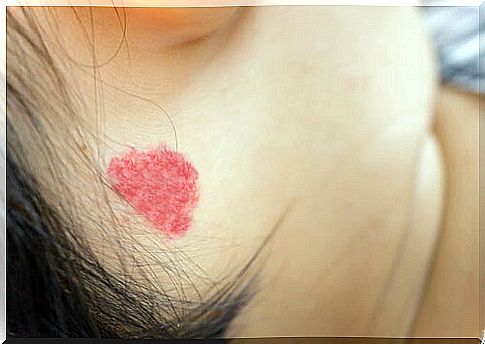
If the angioma is located near the eye, it could cause vision problems. If it is located next to the mouth, it often leads to swallowing difficulties. When it is near the diaper area, it causes ulcerations that are extremely painful and difficult to eradicate.
The classic treatment is the administration of glucocorticoids in different amounts. Typically, high doses are prescribed for a few weeks. These types of medications have side effects, such as difficulty falling asleep or gastrointestinal disorders.
Complications
Superficial angiomas are the easiest to treat and also the most common. However, as we have already mentioned, they are sometimes deep and can manifest as spots that hide bumps under the skin. In these cases, the specialist should be consulted to specify the diagnosis and indicate the steps to follow.
Typically, these vascular-capillary malformations are treated with laser therapy. They are very safe and almost always painless procedures. In addition, they have the advantage that they rarely leave a scar on the skin.
On the other hand, only in 1% of cases vascular tumors cause severe complications. That percentage corresponds to those who die from side effects caused by a typical angioma.
